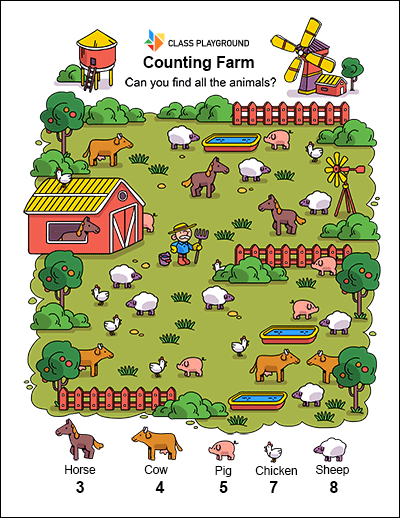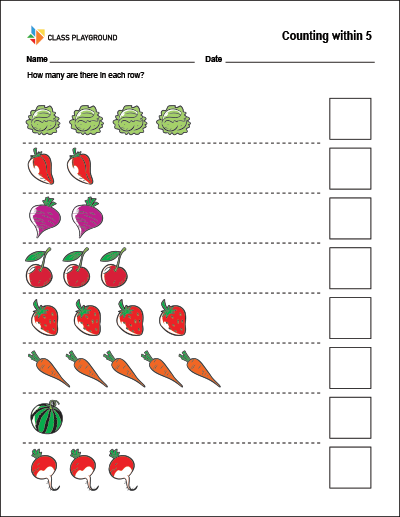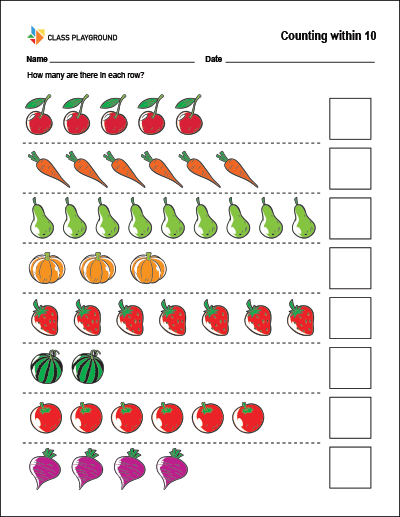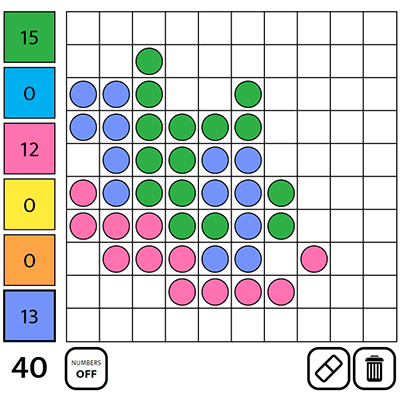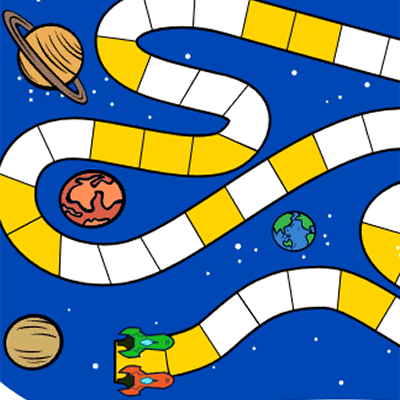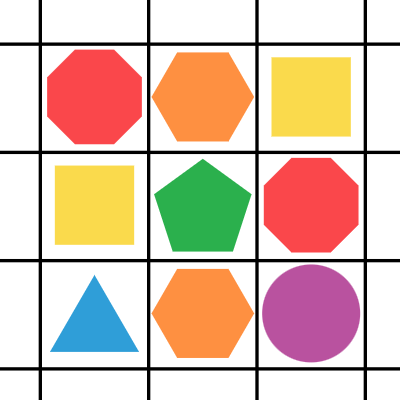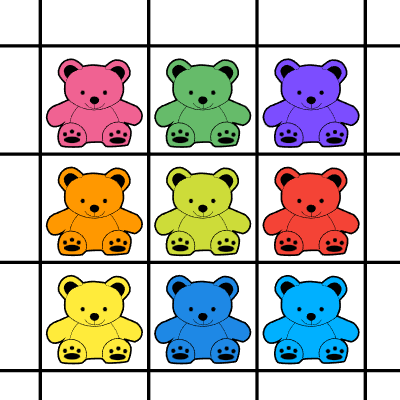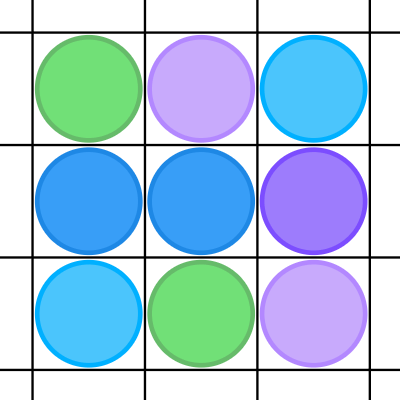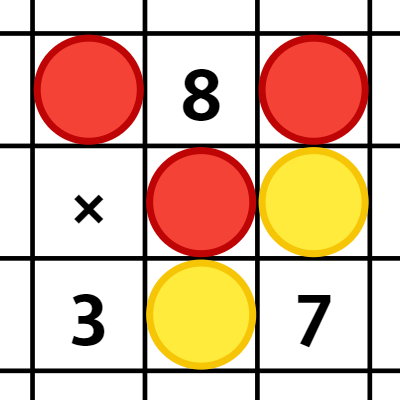What is Counting?
Counting is often the very first math skill young learners master, and it sets the stage for everything that comes after. At its core, teaching counting means helping children assign a unique number name to each object in a set. This simple process forms the foundation for more complex math operations like addition and subtraction.
Why is Counting Important?
Counting gives children an understanding of quantity, number order, and patterns in the number system. It also builds reasoning skills and confidence in math. Beyond the classroom, counting is used every day—telling time, measuring ingredients, or keeping score in games. That’s why teaching counting early and effectively is so important.
Effective Strategies
Young learners benefit from a mix of hands-on practice, visual supports, and engaging routines. Here are some proven strategies:
- Start with Concrete Objects: Use toys, blocks, or fruits to show quantity. For example, ask students to count the apples in a basket or the toys in a box. Physical objects make numbers real.
- Use Number Lines: A number line helps students see number order and compare values. Practice counting forward, backward, and identifying “more than” or “less than.”
- Introduce Rhymes and Songs: Songs like “Five Little Ducks” or “One, Two, Buckle My Shoe” make counting memorable and fun.
- Count in Everyday Situations: Ask children to count steps, plates at the table, or classmates in line. Daily routines show counting in action.
- Build Up Gradually: Start with numbers 1–10 and increase the range as students gain confidence. This avoids overwhelm while steadily growing their skills.
Activities
- Counting Games: Traditional games like Hide and Seek or Musical Chairs naturally include counting. For example, in Hide and Seek, the seeker must count before searching.
- Count and Match: Use cards with numbers and cards with matching pictures (e.g., the number 3 and three apples). Students pair numbers to sets, reinforcing both counting and number recognition.
- Dot-to-Dot Pictures: Students connect dots in number order to reveal a picture. This strengthens sequencing and fine motor skills.
- Counting Books: Stories like The Very Hungry Caterpillar by Eric Carle or Ten Black Dots by Donald Crews weave counting into engaging narratives. Reading them together makes learning meaningful.
Conclusion
Teaching counting is the first step toward building number sense, problem-solving, and confidence in math. By using objects, number lines, songs, and games, teachers can make counting both fun and effective. For more practice, explore related concepts like Addition, Number Lines, and Skip Counting.

